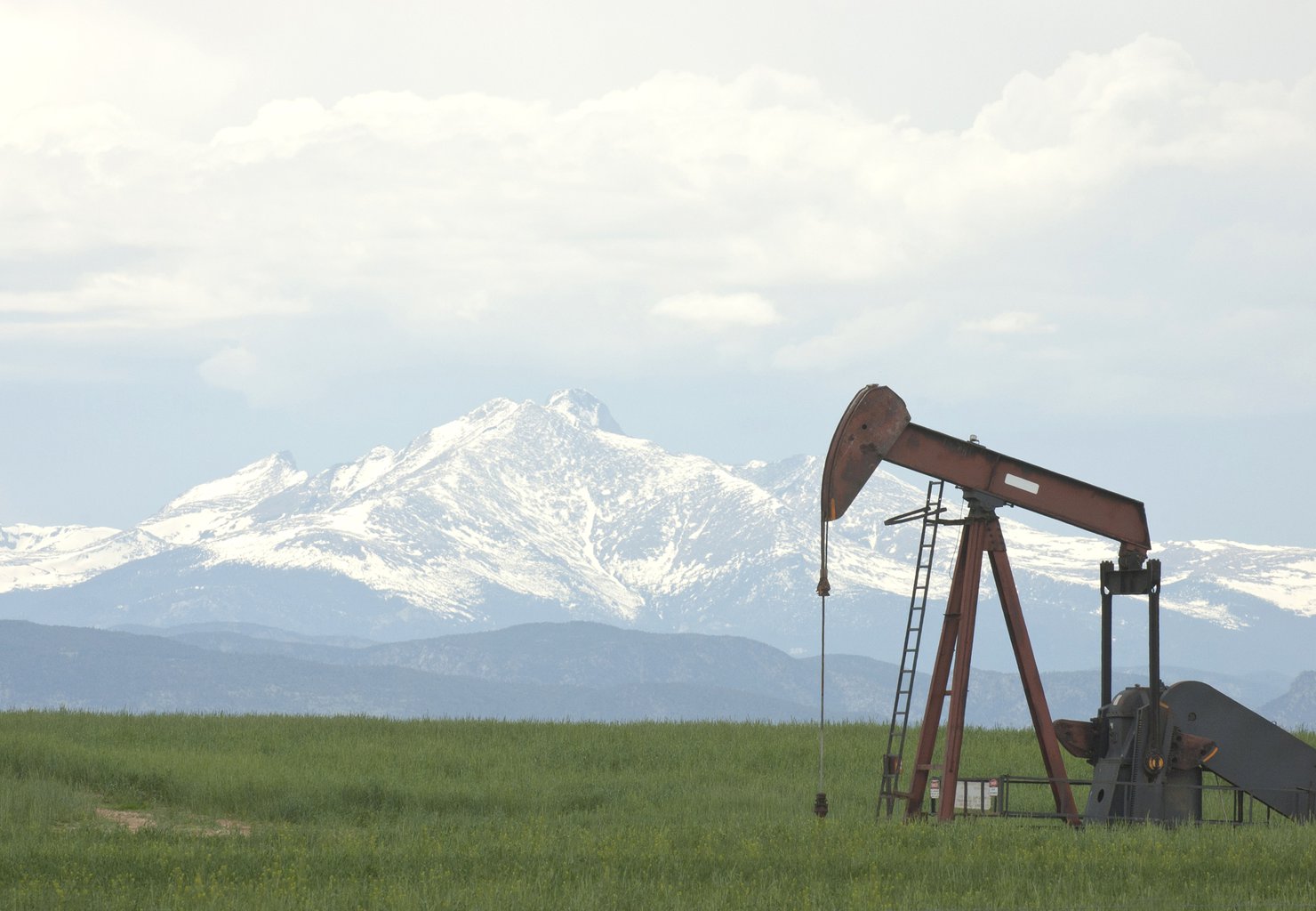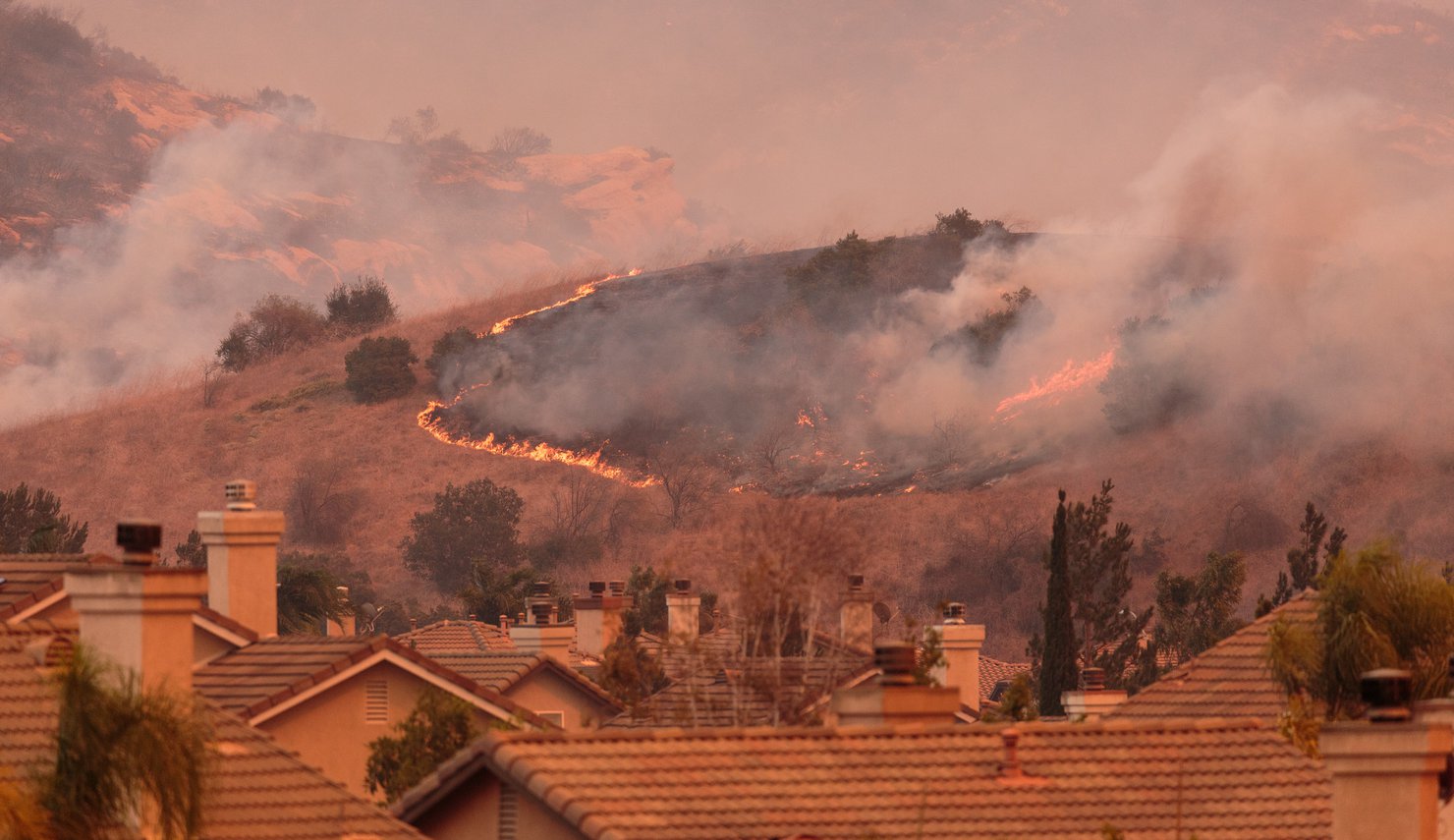How do the current presidential administration’s estimates for the social cost of carbon impact climate policy?
The US Government Accountability Office (GAO)—a nonpartisan government agency that examines federal policies—says in a new report this week that the current administration has calculated the cost of climate change damages at a rate seven times lower than previous federal estimates. By factoring in only domestic damages from climate change, and by valuing present benefits substantially more than future benefits, current regulators have settled on a lower “social cost of carbon” (SCC), an estimate of the economic damages of emitting one additional ton of greenhouse gases into the atmosphere. In the years since the GAO report was first commissioned by Democratic senators back in 2017, the current administration has leveraged its low estimates of climate damages to justify looser regulations, often provoking legal controversy in the process. Just this week, a federal district judge ruled that the US Bureau of Land Management relied on a flawed estimate of the SCC when it canceled some Obama-era regulations that impact methane emissions on public lands.

The GAO report further clarifies that the current administration does not plan to acknowledge a 2017 report from the National Academies of Science (NAS), which recommends changes to how the US government calculates the SCC. In the wake of that NAS report, RFF commenced efforts to improve the science behind estimates of the SCC. Now, in a new blog post, RFF’s Cora Kingdon and Kevin Rennert expound on their work with RFF’s Social Cost of Carbon Initiative, which was highlighted by the GAO, and discuss the consequences of using a lower value for the SCC. “The method employed to generate a domestic-only SCC value ignores important regional interactions and spillover effects of climate damages,” write Kingdon and Rennert. For more on how the SCC is calculated, read a recent series of RFF explainers that describe the basics of the Social Cost of Carbon Initiative.
Related research and commentary:

What policies can Colorado pursue to achieve the steep emissions reductions it has promised?
Last year, Colorado committed to ambitious environmental goals, including promises to reduce greenhouse gas emissions by 26 percent by 2025 and 90 percent by 2050, relative to 2005 levels. But already, the state may have missed a key deadline for turning its plans into action. Activists are suing, contending that legislation passed last year required the state to propose rules for meeting climate goals by July 1. Disputes between environmentalists and the oil industry have long rankled Colorado, a state famous for both its natural amenities and its status as the seventh-largest producer of fossil fuels. And while Governor Jared Polis (D-CO) campaigned on implementing a clean energy agenda, he has since expressed skepticism about cap-and-trade policies and disputes the merits of the recent lawsuit. For now, the state aims to release its action plan by September—meaning Colorado’s path to substantial emissions reductions in the next few years remains uncertain.
A new report from RFF Fellow Marc Hafstead looks closely at Colorado’s climate goals. Pointing out that business-as-usual projections indicate that additional policies are necessary for Colorado to meet its increasingly ambitious goals, Hafstead evaluates how two different cap-and-trade programs would impact emissions in the Centennial State. While one program—in which Colorado joins California and Quebec in the Western Climate Initiative—would be more flexible and cost-effective, a program tied solely to Colorado that includes offsets would offer similar climate benefits and greater reductions in local air pollutants. Despite Governor Polis’s preference for “a sector-by-sector approach,” Hafstead finds that both economy-wide cap-and-trade options would be more cost effective than any sector-specific mandates. “A cap-and-trade program on emissions through 2030, combined with complementary policies that promote and accelerate the energy transformation … can put the state into a much stronger position to achieve its deep midcentury decarbonization goals,” he writes.
Related research and commentary:

How can policy help mitigate the growing danger from wildfires in the western United States?
During the summer wildfire season, the vast and arid American West feels the heat with particular pain. Major fires are ravaging forests, in some cases forcing the evacuation of communities across California, Utah, and other states in the region. In part because hotter and drier weather due to climate change makes the blazes even more destructive, the number of wildfires in the United States has quadrupled over the past four decades, exacerbating risks for western states. About 52 percent of economic output in Arizona, California, Idaho, Nevada, Oregon, Utah, and Washington takes place in counties with elevated wildfire hazard. Both the portion of land under threat and the amount of economic activity in vulnerable counties is expected to increase in the coming decades.
The consequences for public safety are just as far reaching as the economic risks. RFF Fellow Matthew Wibbenmeyer and Stanford Woods Institute for the Environment Senior Fellow Kari Nadeau—experts in economics and public health, respectively—have come together to discuss the issue in a new blog post. "When you're choosing where a building is going to go, these decisions are going to last for a very long time," says Wibbenmeyer, reflecting on the need for policymakers to consider the long-term environmental impacts of their actions. "Being careful about where and how you do those things—in light of what's likely to be increasing activity for wildfires in the future—is important." While any solution to the problem will have to be multifaceted, the researchers highlight the need for better forest management practices, especially the use of prescribed burns—which clear out flammable material in a controlled manner—to reduce the risk of wildfires.
Related research and commentary:








